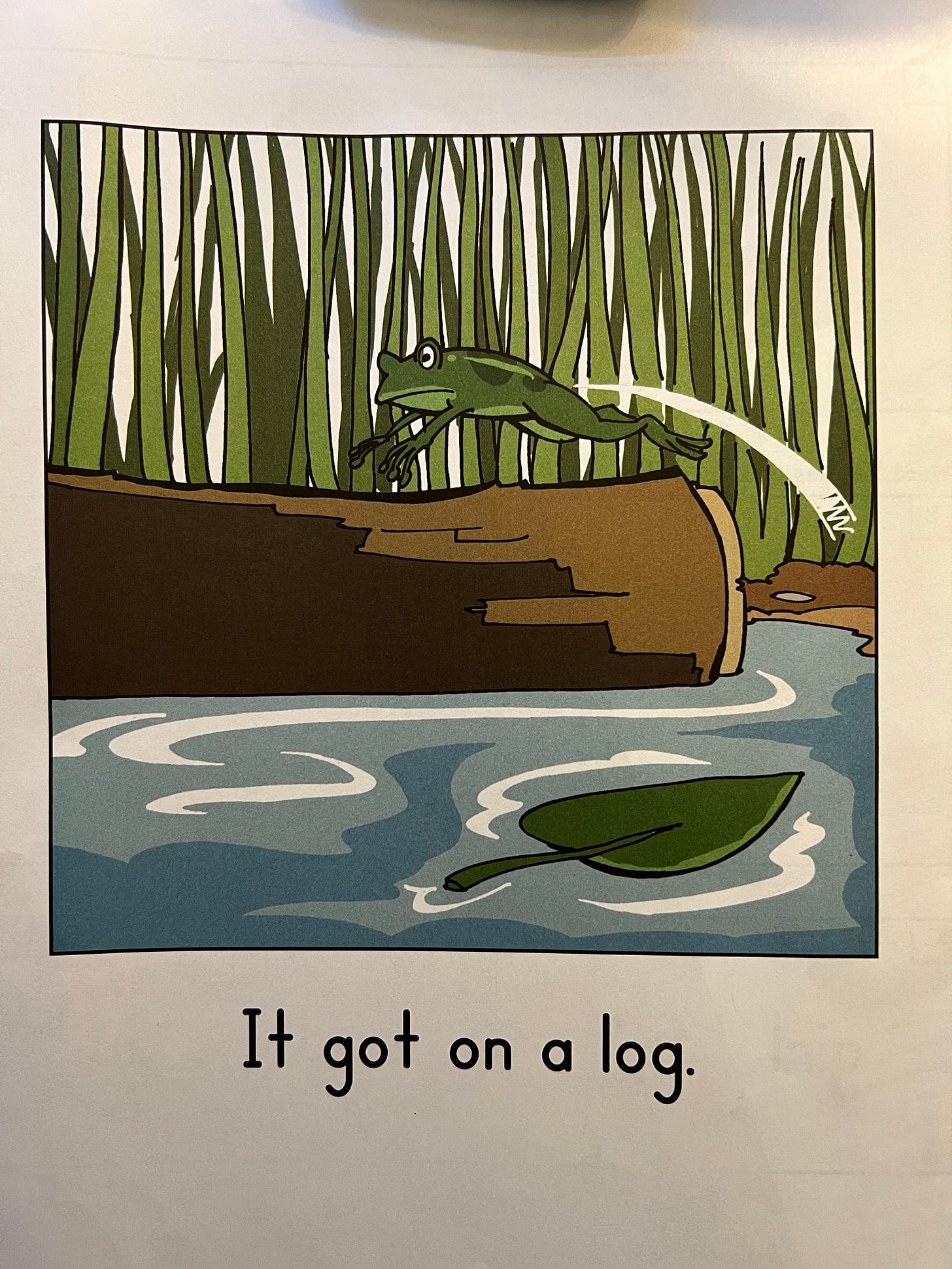Last week I spoke to a UCLA Chicana/o Studies class about my short fiction.
One of the Gen Z undergraduates asked about a specific allusion in one of my short stories. The story had a repeated reference to The Gingerbread Man. She asked why I used him as a reference, and what did it mean?
I asked her if she knew who The Gingerbread Man was.
She said, “Kinda…from the Shrek movies?”
True, the sentient little cookie has made various cameos in the popular Shrek film franchise, but that was like saying, Oh, Abraham Lincoln, that guy from the penny?
The Gingerbread Man is almost 150 years old and a favorite tale read in kindergarten classrooms across the world. I was surprised that the student wasn’t a little more familiar with him.
If you’ve watched the Shrek movies, and are of a certain age, you understand that some of the jokes are only really funny if you have a deep nursery rhyme/fairy tale background.
But I had a similar experience of “cultural reference failure” years ago when I substituted for a performance art class at UC Santa Barbara. The students and I played a game of charades using some seemingly popular movies as answers. However, the game became painstakingly fraught and stifled because many of the undergraduates did not know the movie references while others had never played charades before. There was too much missing background knowledge for the game to be any fun. It was a bunch of people trying to guess unguessable clues.
Is there something going on in education or are all my references just really that out-of-date and obscure? Should I NOT expect people to know The Big Bad Wolf or Thumbkin or the Dish who ran away with the Spoon?
Common Lore Standards
Educational theorist E.D. Hirsh Jr. has been controversial in his argument for teaching a common cultural literacy to students.
He argues for prioritizing a basic network of shared information that he believes all literate American English speakers should possess.
In such books as Cultural Literacy: What Every American Needs to Know, he argues that good reading is dependent on connecting to a specific store of information.
Hirsch has provided lists, books, and even an entire curriculum outlining what every literate American should know. His topics range from Hank Aaron to noblesse oblige to Pavlov’s dog to Valley Forge. The litany of people, places, events, and things he recommends knowing reads like a cramming session for an appearance on Jeopardy! It’s education as a game of Trivial Pursuit.
Critical of what he dismissively calls multi-culti education, Hirsh argues that instead of a focus on reading multicultural literature schools should focus on a set of explicitly-taught common knowledge centered on American nationalism and Western Civilization—George Washington, Mt. Rushmore, the Holy Roman Empire, the Great Plains, Billy the Kid, etcetera…etcetera…
Progressive educationists criticize his idea as Bunch-o’-Facts education centering on a set of random, disconnected trivia that in real life is time-consuming for teachers to teach to students. Their counter-argument is that an education focused on information delivery eats up the opportunity for the students to learn critical thinking and vital reading skills such as summarizing or locating the main idea in a text.
However, Hirsh’s larger point is that background information matters in education, not only as a way to assure better reading comprehension in children but also as a resource used to thrive in the modern world. After all, how are we all supposed to communicate and work with one another unless we share a bank of common knowledge? Everyone should know who Abraham Lincoln is, or understand the idiom “Seeing is believing,” or be able to locate The Rockies on a map, for instance. Otherwise, can we even function as a unified country?
On good days, I agree with him on that.
I think.
Maybe.
Okay, on better days maybe, I don’t.
I’m so indecisive on this issue!
Although I hesitate to worship at the altar of Western Civ, I have encountered too many children whose general knowledge feels woefully incomplete, as if they are little dumbfounded Rip Van Winkles who fell asleep for most of human history and just woke up two days ago. There is so much they don’t know!
There are students who, for instance, have no conceptual understanding of the state of New Mexico as distinct from the nation of Mexico, or of Africa as a continent. They are unable to distinguish significant presidents of the United States from random pictures of old white men. So much in the world seems to be meaningless to them.
My fear is that when my students grow up they might appear in one of those memes you see on TikTok or on Jimmy Kimmel Live! about how stupid and ill-informed Americans are…particularly in the subject of geography.
Lactating Frogs
Many children’s thinking and reading comprehension comes off as flat to the point that even drawings and illustrations seem impenetrable to them.
I was reading with an 8-year-old child. We came across a drawing of a frog jumping onto a log in a pond. I was trying to help him comprehend the picture which seemed pretty straightforward.
To indicate movement, the illustrator had made two white lines extending from the land, where the frog had initially leapt from, to the amphibian’s backside. I asked the child to describe what was happening in his own words so he could understand what was going on. He said the frog was squirting milk.
He wasn’t joking or being a smartass. He sat there unsmiling, having answered my question, waiting for me to go on to the next question. I was like, Dude, what the hell are you talking about? Maybe he had never seen a frog or a pond or a log or how illustrators use lines on paper to show movement. His thinking didn’t even seem two-dimensional muchless aligned to any three-dimensional reality. Instead, he seemed to exist in a world where frogs squirted milk out of their assholes.
Many times while teaching in upper grades, I have read historical story books covering the Civil Rights Movement or the Revolutionary War, and the children have so little background knowledge they react as if I’m reading a fantasy book about an alien planet.
If we end up agreeing on nothing else, I must admit that Hirsh is right to diagnose that there are certainly deficits occurring in American education. I don’t think mandating his curated set of knowledge facts would help alleviate those deficits, however.
But I might argue that there is definitely a kindergarten literary canon.
It begins with the Three Little Pigs, Little Red Riding Hood, and The Gingerbread Man.
And, of course, also includes the Muffin Man who lives on Drury Lane.





